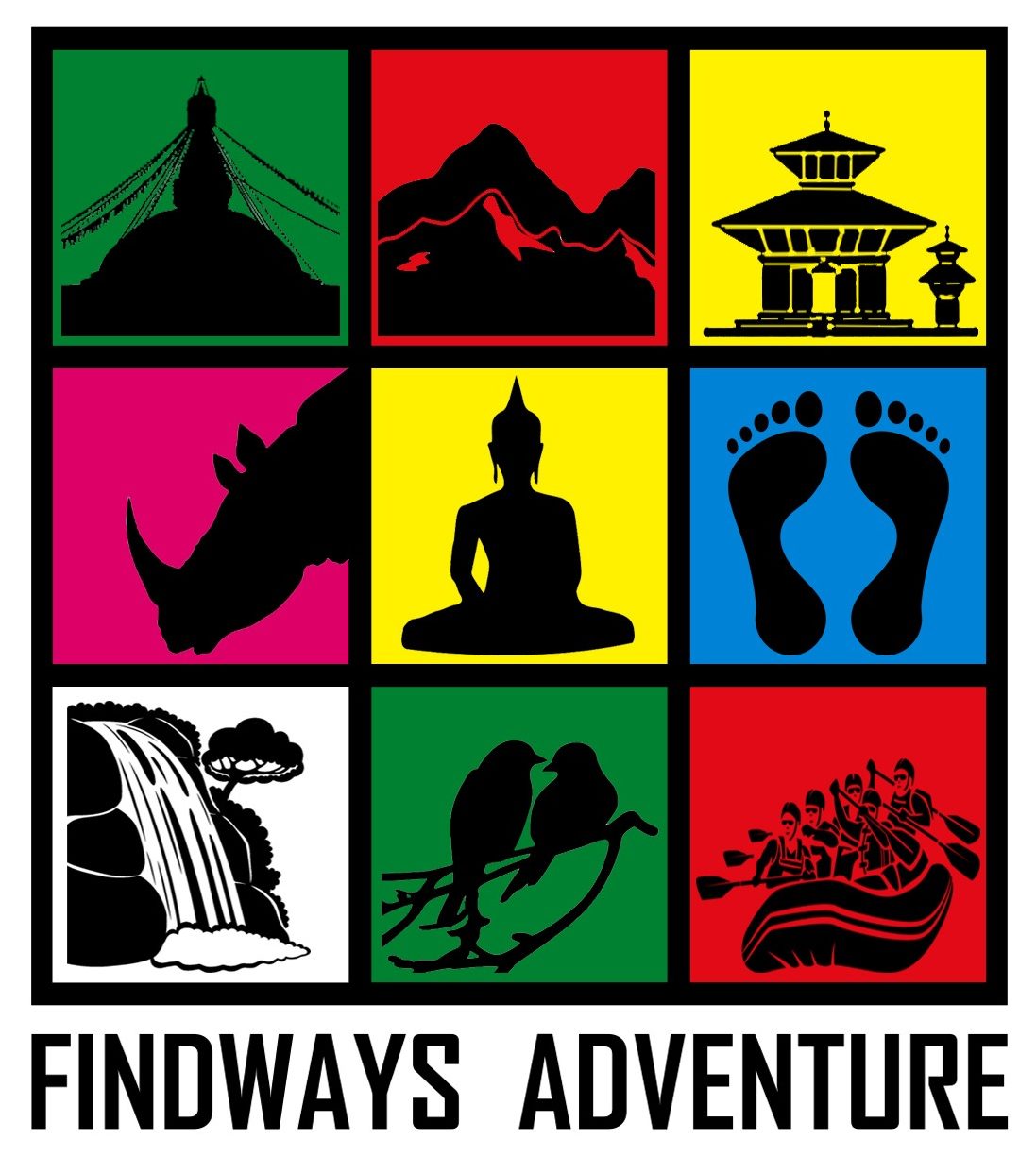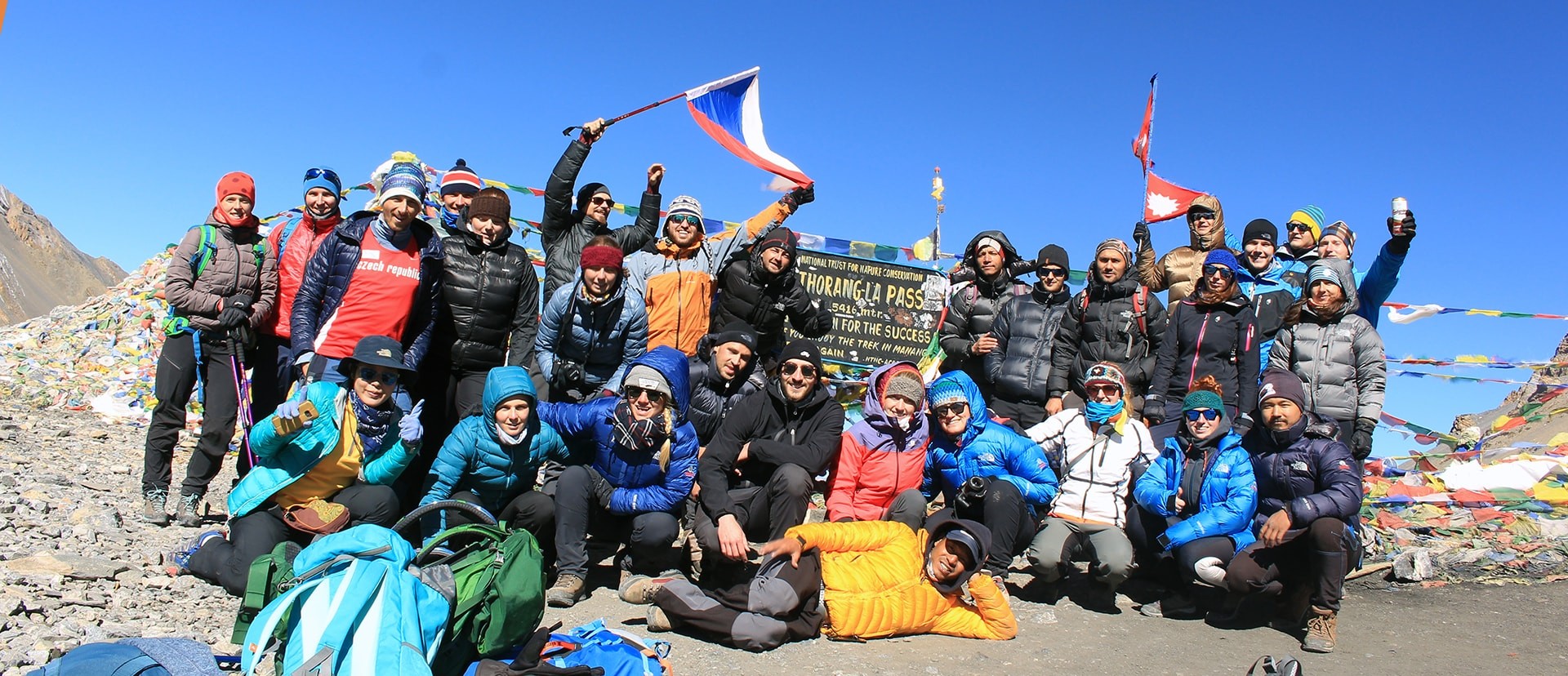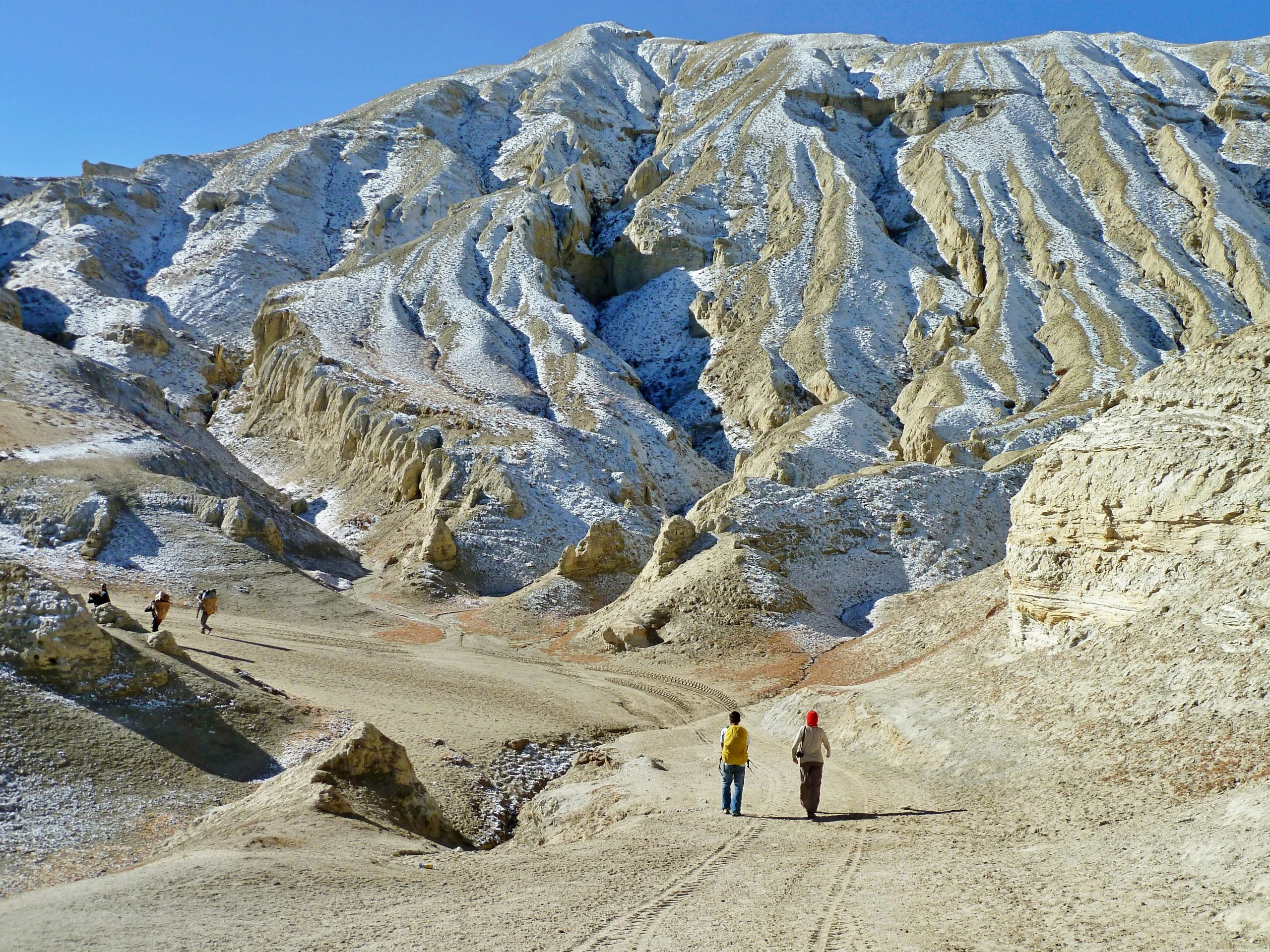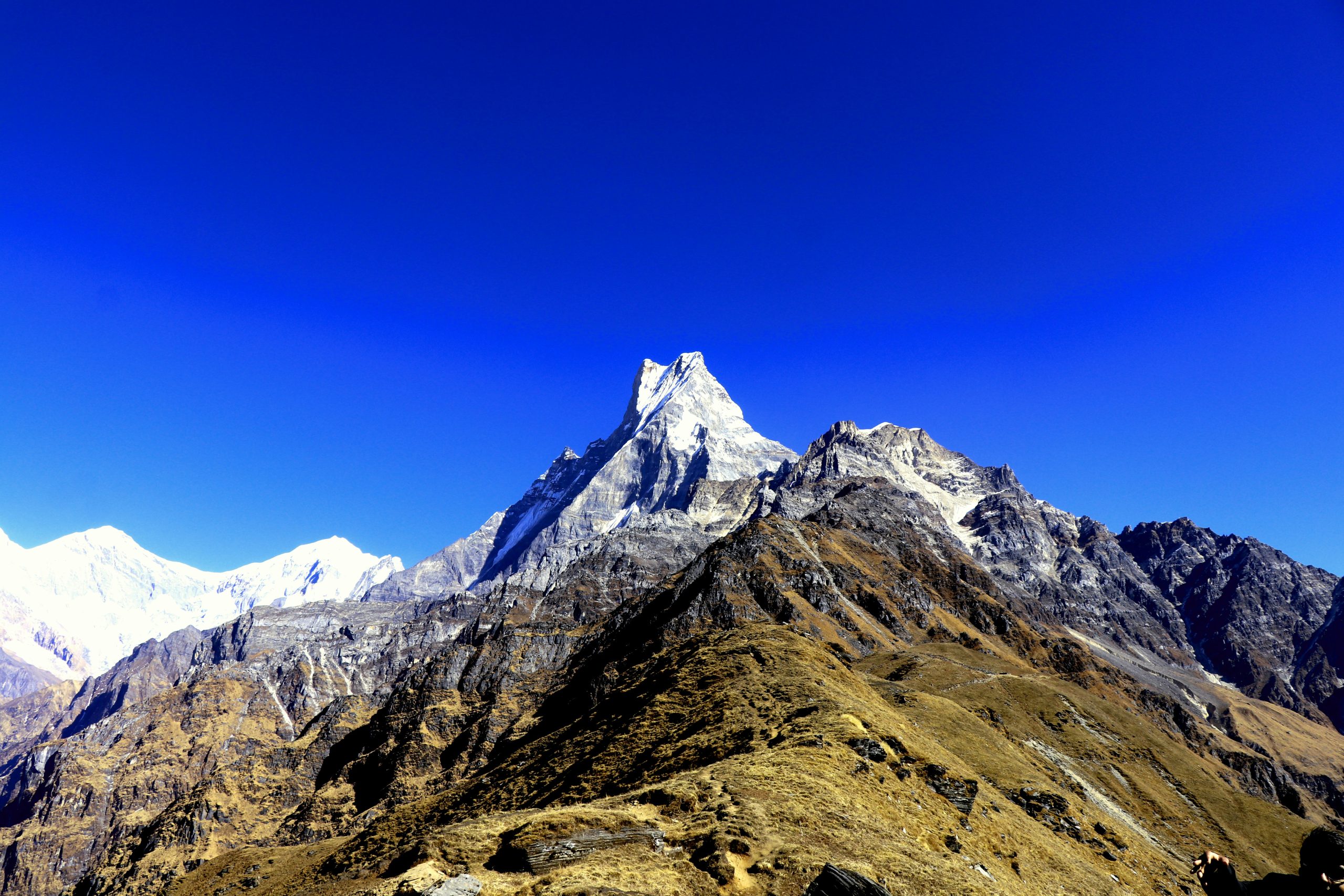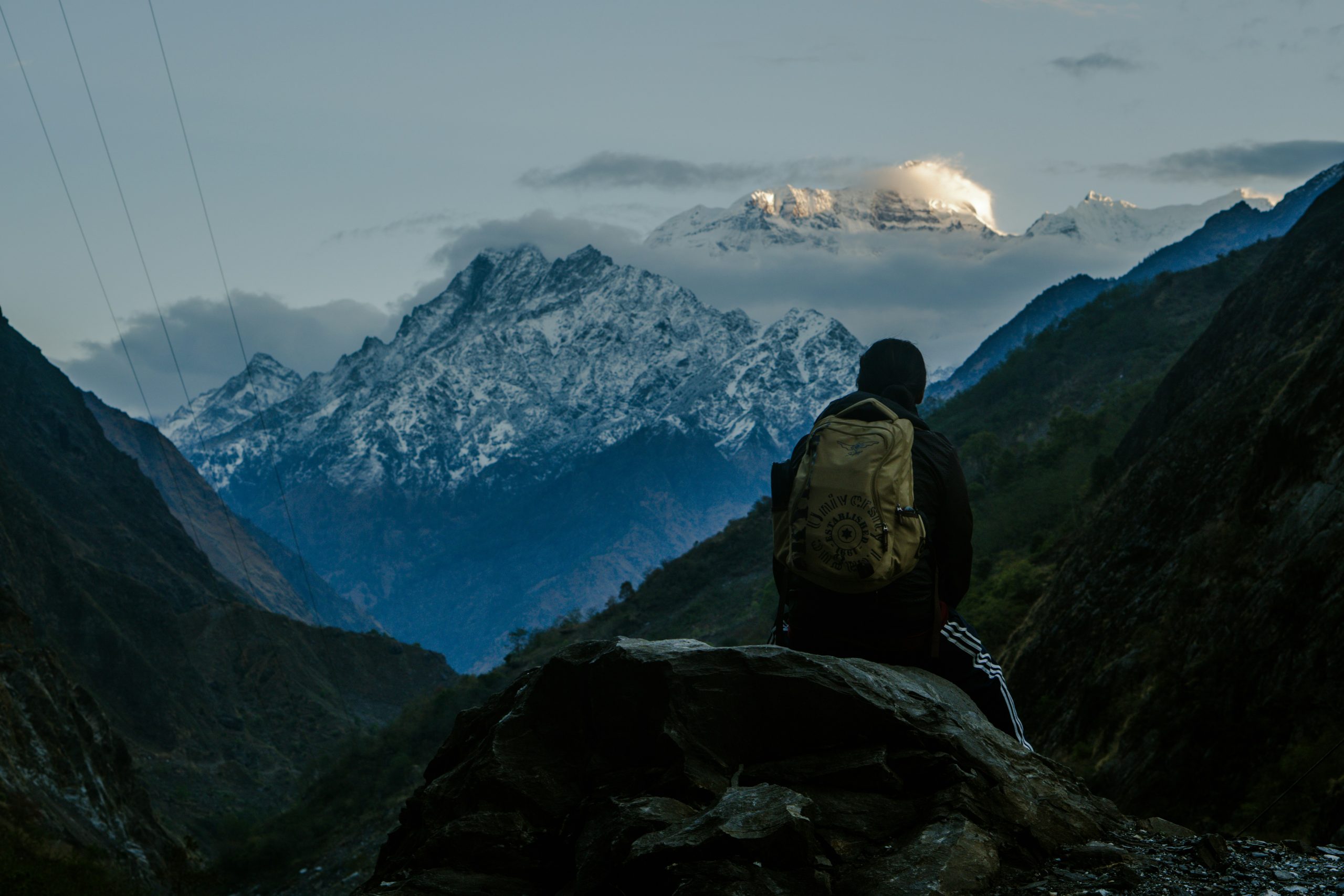Trip Overview
Calling all adventure enthusiasts!
Get ready for an extraordinary journey through the captivating Annapurna Circuit. It is a life-changing expedition that blends the thrill of challenge with the enchantment of cultural discovery. Picture yourself navigating diverse landscapes ranging from lush forests to snow-laden landscapes. Imagine yourself listening to the ancient stories handed down through generations in villages like Manang and Pisang. Each step unfolds a new chapter in the tale of the majestic Annapurna region, where panoramic views of iconic peaks like Annapurna II and Gangapurna create an unparalleled spectacle. This isn’t just a trek; it’s a vivid dispaly of cultures waiting to be explored. Immerse yourself in the warmth of local hospitality, relish the authenticity of native cuisine, and create connections that last a lifetime. Starting from Besisahar, the trail gradually reveals its wonders. From the hot springs of Tatopani to the otherworldly landscapes of Mustang, the Annapurna Circuit trek promises an adventure like no other. Whether you’re a seasoned trekker or a first-timer, this expedition guarantees an indelible mark on your adventurous soul.
Arrive in TIA, Kathmandu (1300m)
Once you arrive at Tribhuvan International Airport (TIA) in Kathmandu, you’ll feel the city’s vibrant energy. Your journey’s first moments are met with the hustle and bustle of a city that beams with life. Head to the hotel and meet the team members and guides that will accompany you on the trek. Overnight in Kathmandu.
Namaste Kathmandu
Dedicate today to exploring the cultural aspect of Kathmandu. Visit the UNESCO World Heritage Sites, starting with the iconic Swayambhunath Stupa, also known as the Monkey Temple. Relish the ancient architecture and soak in panoramic views of the city. Dive deep into the heart of Kathmandu, navigating vibrant streets, bustling markets, and historic temples. Overnight in Kathmandu.
Drive from Kathmandu to Besisahar (823m)
Head out on a picturesque journey along the Kathmandu-Pokhara Highway to Dumre. The road goes along a narrow path with the Marshyangdi River at the side. Besisahar is a central hub of Lamjung and offers majestic glimpses of numerous peaks. Overnight in Besisahar
Trek from Beshishahar to Bahundanda (1305m)
The trail goes along the Marshyangdi riverbank and allows you to relish the views of the majestic mountains. Get an opportunity to immerse in the Gurung culture by interacting with the locals. After a steep climb to Bahundanda, relish panoramic scenes of snow-capped mountains. The journey unveils a gorgeous picture of diverse landscapes. Overnight in Bahundanda.
Trek from Bahundanda to Chamje (1410 m)
Descend to a stream that takes you through damp forests and ultimately to Shyala village. This village is surrounded by farmlands and offers breathtaking pictures of Ngadi, Himnalchuli, Manaslu, and neighboring peaks. Walk along the stream that originates from the Punggen Glacier and arrive at Chamje. Overnight in Chamje.
Trek from Chamje (1410m) to Dharapani (1960m)
Start the day by walking on a steep path and cross a suspension bridge to Sattale. The trail then takes you to the hilltop village of Timang. It rests at the base of Lamjung Himal and you can witness fir and pine forests. Amidst the changing landscapes, we finally reach Dharapani which is marked by a stone Mani. Overnight in Dharapani.
Trek from Dharapani to Chame (2675m.)
Wander through pine and oak forests and pass Danaque. After resting here a bit, we head to Sattale. Along the way, we witness the amazing view of the nearby surroundings. We arrive at Chame which is the administrative hub of the Manang. Chame offers a blend of natural beauty and modern amenities. Overnight in Chame.
Trek from Chame to Pisang (3100m) takes around five hours.
The morning sun illuminates the Lamjung Himal and we begin the journey by watching it. Move through fir and pine forests and climb a rocky area. The trail opens up to a spectacular view near Bhratang. Witness the breathtaking view of the Annapurna Mountain ranges. Reach Pisang at night where you will spend the night. Overnight in Pisang.
Trek from Pisang to Manang (3440m)
Pass through forests and climb the steep ridge while enjoying the views of the Manang Valley and Tilicho Peak. The trek from today starts to gain elevation so be careful while walking. Descend past Manang’s airstrip to a flat area and bask in the view of Annapurna III and Annapurna IV. Cross the Marshyangdi Khola and finally arrive at Manang, Overnight in Manang.
Acclimatization Day
Today, we won’t be doing hard trekking but rather spend the day resting and rejuvenating. It is necessary to prepare the body for the roads yet to come. Interact with the locals in Manang and understand the life of the locals and their culture. Overnight in Manang.
Trek from Manang to Yak Kharka (4350m).
Begin the day by gently moving through picturesque landscapes. The road takes you through the Gunsang village and here, you can understand the way of life of the locals. Arrive at Yak Kharka which is a beautiful grazing area. Overnight in yak kharka.
Trek from Yak Kharka to Thorong Phedi (4420m)
Start the day with a quick climb that takes you across the Marshyangdi River via a covered wooden bridge. Climb a mountain path on the right bank and move through a narrow trail that leads you to a steep slope. From there, descend to Thorong Phedi. The journey offers stunning views and prepares you for the challenges ahead. Overnight in Thorong Phedi.
Trek from Thorong Phedi to Muktinath (3850m) using Thorong La (5416m) Pass
The trek starts early as we cross the Thorong La Pass today. It is one of the highest passes in Nepal. Marvel at the cinematic views of the snow-covered peaks and the mesmerizing Kali Gandaki valley below. Carefully make your way through the pass and reach Muktinath which is a sacred pilgrimage site for Hindus and Buddhists. Overnight in Muktinath.
Trek Muktinath to Marpha (2667m)
Descend through the amazing Kali Gandaki Gorge and along the way, pass through Jharkot and Khingar. These villages are well-known for their Tibetan architecture and lifestyle. While resting here, admire the surreal picture of the Niligiri peak. Continue the trek to Marpha which is a charming Thakali village known for its stone-paved streets. The narrow alleys offer shelter from the strong winds of the Kali Gandaki Gorge. Overnight in Marpha.
Trek from Marpha to Ghasa (2013m)
The road to Ghasa goes through forests and the road is steep too. The southernmost point of Ghasas is influenced by Tibetan Buddhism. The initial trail is flat which gradually descends to Kalopani. From here, it goes straight down to Ghasa. The trek takes you through pine and rhododendron forests with breathtaking views of Mount Nilgiri North, Nilgiri Central, and Tukuche Peak. Overnight in Ghasa.
Trek from Ghasa to Tatopani (1189 m.)
The trail for the day takes us to Tatopani and the highlight of the day is the beautiful Rukse Chhahara. Another highlight of this trip is the world’s deepest gorge between Annapurna I and Dhaulagiri I. The trail ascends slightly to Tatopani which is named after the natural hot spring by the Kali Gandaki River. Enjoy a relaxing dip in the hot spring, known for its therapeutic benefits. Relax and spend the night at a hotel/lodge in Tatopani. Overnight in Tatopani.
A rest day at Tatopani
After days of trekking, take a day off to enjoy the natural hot spring. A short break provides much-needed physical and mental refreshment. Overnight in Tatopani.
Trek from Tatopani to Ghorepani (2853 m.)
We are now reaching the end of our trek and after a few days, the trek ends completely. The trail initially takes you on a level surface before a steep climb. As you move upward, cross the Kali Gandaki River, and enjoy panoramic views of the Dhaulagiri and Annapurna ranges. We finally arrive at Ghorepani which is filled with teahouses. Overnight in Ghorepani.
Trek from Ghorepani to Poon Hill (3180m) to Tadapani (2675m)
The destination for today is Tadapani but first, we shall make a quick stop at Poonhill. Make your way through the stone stairs and reach Poon Hill. From here, observe the cinematic views of the Annapurna mountain range and the nearby mountains. After having breakfast, we moved to Tadapani which is a famous Gurung village. Observe the lifestyle of the locals here and understand their culture. Overnight in Poon Hill.
Trek from Tadapani (2675m) to Ghandruk (1950m)
Move downhill through lush forests and listen to the melodies of various birds. This area is a paradise for bird lovers. Reach Ghandruk which is a large Gurung village with a handicraft center and Gurung museum. Witness the views of Annapurna South, Hiunchuli, Gangapurna, Annapurna III, and Fishtail. Overnight in Ghandruk.
Trek from Ghandruk (1950m) to Nayapool
The first phase of the trek involves a steep descent through the stone staircases. The road initially takes you to Birethanti. You shall walk along the Modi Khola bank and reach Nayapul where a vehicle will be waiting for you. Head to Pokhara from there and celebrate completing the trek. Overnight in Pokhara.
Drive from Pokhara to Kathmandu takes around seven hours
Today is the last day of the trek and you will head back to Kathmandu via road. The journey takes about 6-7 hours depending on traffic conditions. Upon reaching Kathmandu, do some last-minute shopping or simply rest. Overnight in Kathmandu
Cost includes
- Pick-up or Drop-off service from and to the Airport (in our vehicle)
- Transportation to and from the destination
- Meals throughout the trip (Breakfast, Lunch, Dinner, and a cup of coffee or tea) and accommodations during the journey in hotels with a family environment
- Transportation, food, accommodation, and insurance for the guide during the trip
- Provision of a Down jacket, all-season sleeping bag, duffel bag, and trekking map (in case you don’t have your own; Down jacket, sleeping bag, and duffel bag must be returned after the trip’s completion)
- First Aid Medical Kit (Your guide will carry the Medical Kit, but we also advise bringing your own for personal use as much as possible)
- All the required permits and paperwork
Cost excludes
- International Airfare
- Visa Charges
- Hotel Expenses (In Kathmandu, some packages do include hotel expenses)
- Your travel and medical insurance
- Personal Expenses such as shopping, bar bills, hot showers, telephone, laundry, titbits, etc.
- Food and accommodations in Kathmandu
- Services not mentioned or promised by the agent/agency
- Emergency expenses, such as costs for a chartered helicopter.
general queries
How fit do I need to be to do this Annapurna Circuit trek?
As the Annapurna Circuit trek is a Grade A trek, you can expect it to be difficult. Even if you have previous experience, prepare yourself physically and mentally.
How long do we walk every day when doing the Annapurna Circuit trek?
On average, you can expect to walk for about 4-6 hours per day. Depending on the location, this duration can either be more or less than that.
What is the highest altitude reached in this Annapurna Circuit trek?
The highest altitude reached is 5416m.
What about battery charging and hot shower facilities during Annapurna Circuit trek?
Battery charging and hot shower facilities are available in the trekking route but you may have to pay a certain amount ranging from $1-$2. You must bring your charger along with you though.
Are there ATMs on the way to Annapurna Circuit trek?
No. There are no ATMs on this trekking route. You will have to withdraw enough cash in Pokhara or Kathmandu.
What about internet access during Annapurna Circuit trek?
Internet facilities are available in most places. However, you may run into some technical issues as the internet connection is not as fast as in other countries.
Is it necessary to hire guides/trekking agencies for the Annapurna Circuit trek?
It is not necessary to hire a guide/trekking agency and you can do the trek independently too. However, having a guide/trekking agency will make the trek completely hassle-free as they will take care of all the paperwork, accommodation, and food.
How much do guides and porters cost during Annapurna Circuit trek?
For the Annapurna region, pay for guides ranges from $20 to $30 per day and porters take $15 to $25 per day.
